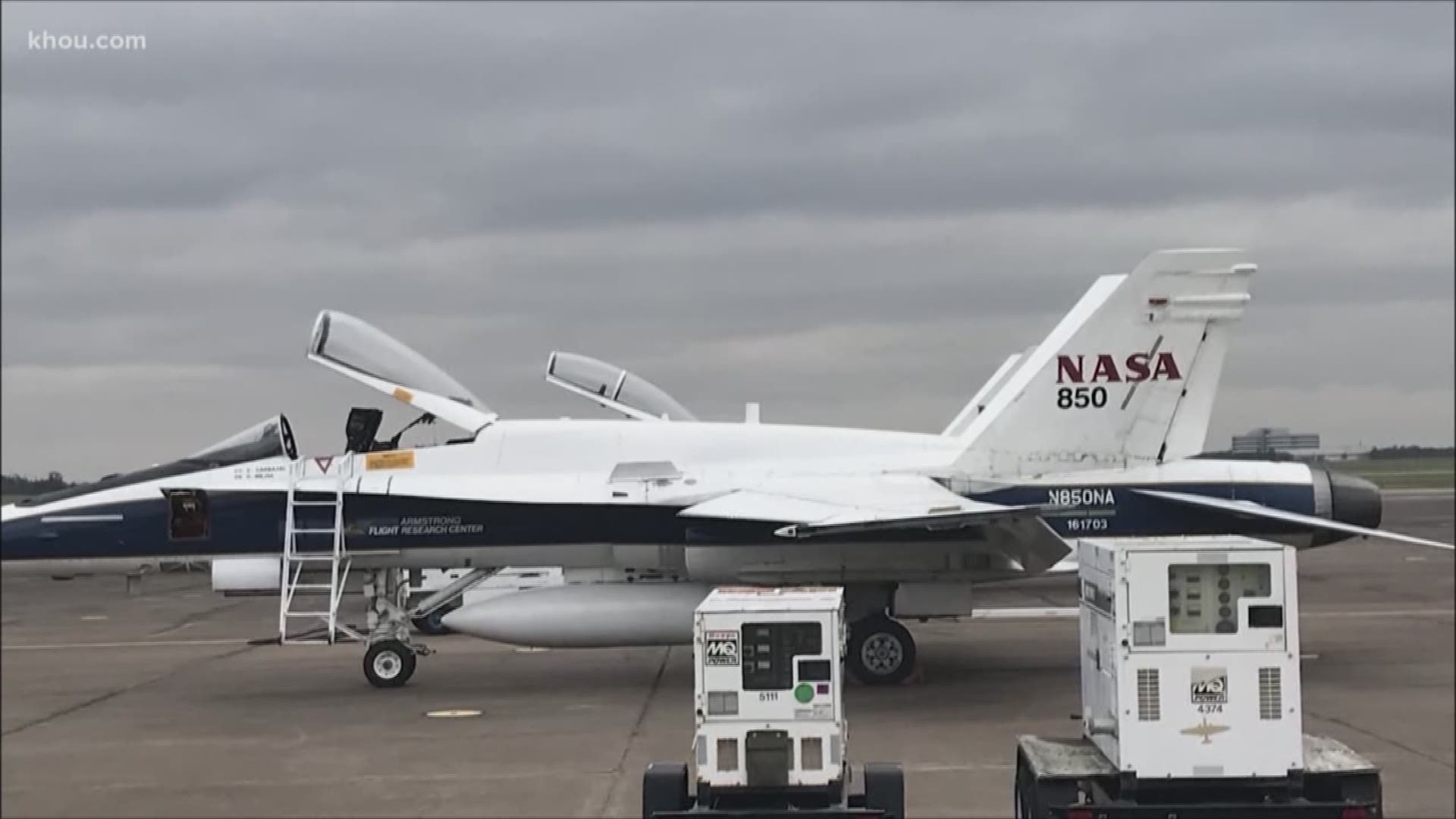Houston — The first step in the return of supersonic air travel is happening in the Houston area. NASA is figuring out a way to produce quiet sonic booms and much of the testing is taking place over Galveston Island.
It’s part of the “Quiet Supersonic Flights” project, or QSF.
“The motivation behind this is to bring supersonic transportation to the commercial industry,” said NASA aerospace engineer Larry Cliatt. “And, to get there, we have to overcome a barrier which is the sonic boom - the sound of the sonic boom and how loud it is."
A video produced by NASA shows you how the research is happening. It begins with F-18 jets that fly over Galveston and do a so-called “low boom inverted dives.” The muffled sonic boom noise from those dives is collected at various points all over the area.
“In this dive, we kind of go down at the ground and then, as we pull up, the sonic boom kind of gets thrown a little bit,” said Chief Test Pilot Nils Larson.
The data he and others create and collect will help build the supersonic X-59 jet. It’s designed to fly faster than the speed of sound over land and not just water. That’s unlike the old Concorde.
“It could not fly over land at supersonic speeds because the sonic boom was so loud and annoying,” said Cliatt. “We’re trying to make that sonic boom quieter.”
If supersonic air travel over land is approved by the FAA, researchers estimate a five-hour plane ride from Los Angeles to New York City would be cut to two and a half or three hours.
Click here to learn more on the QSF ’18 project.

